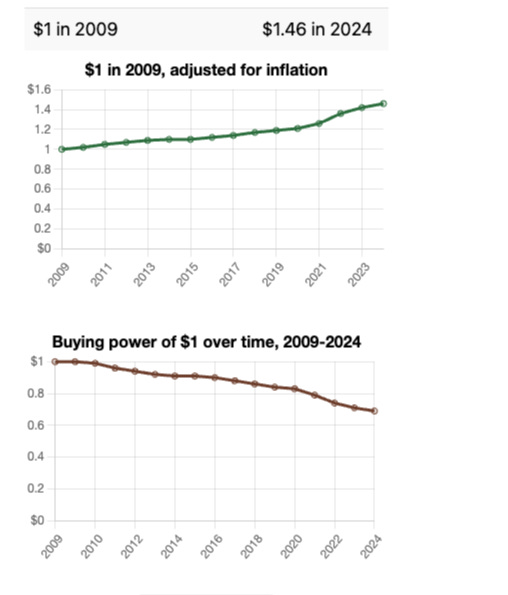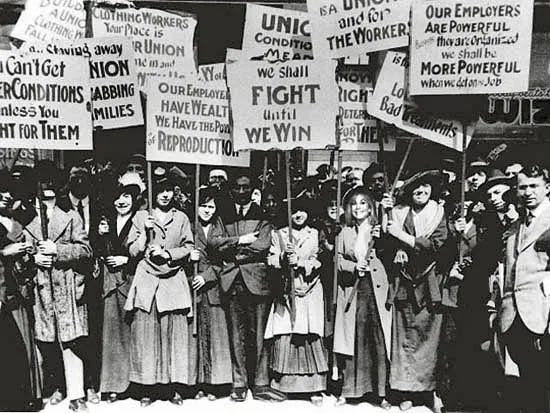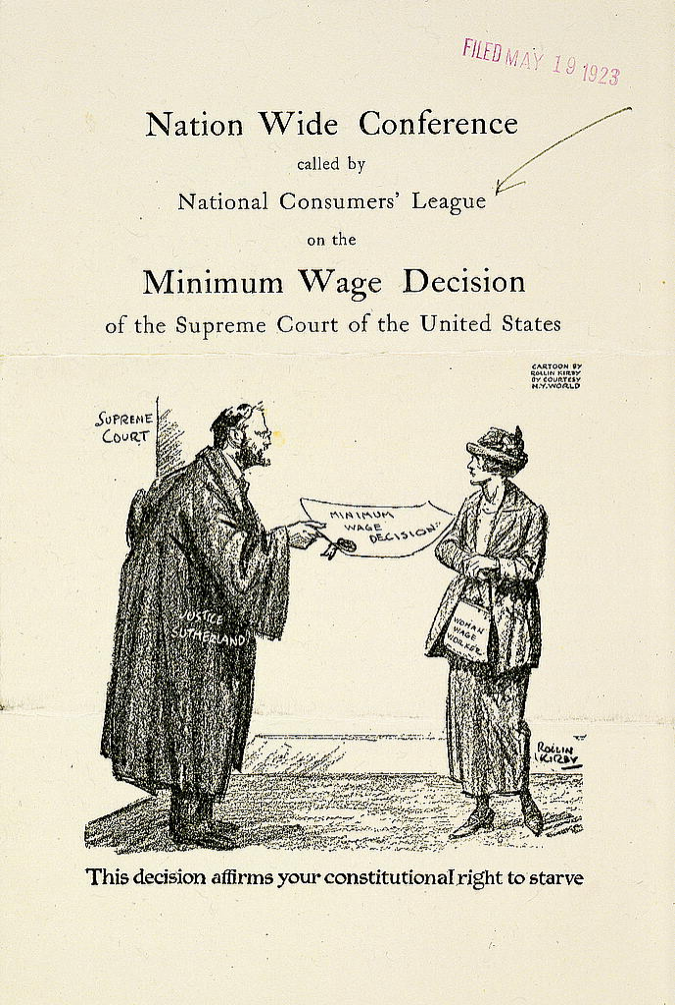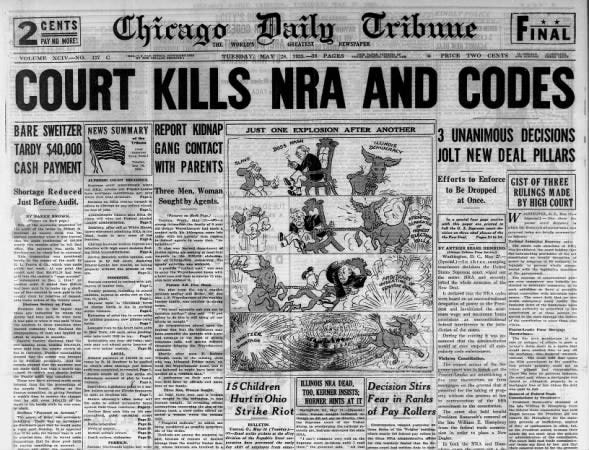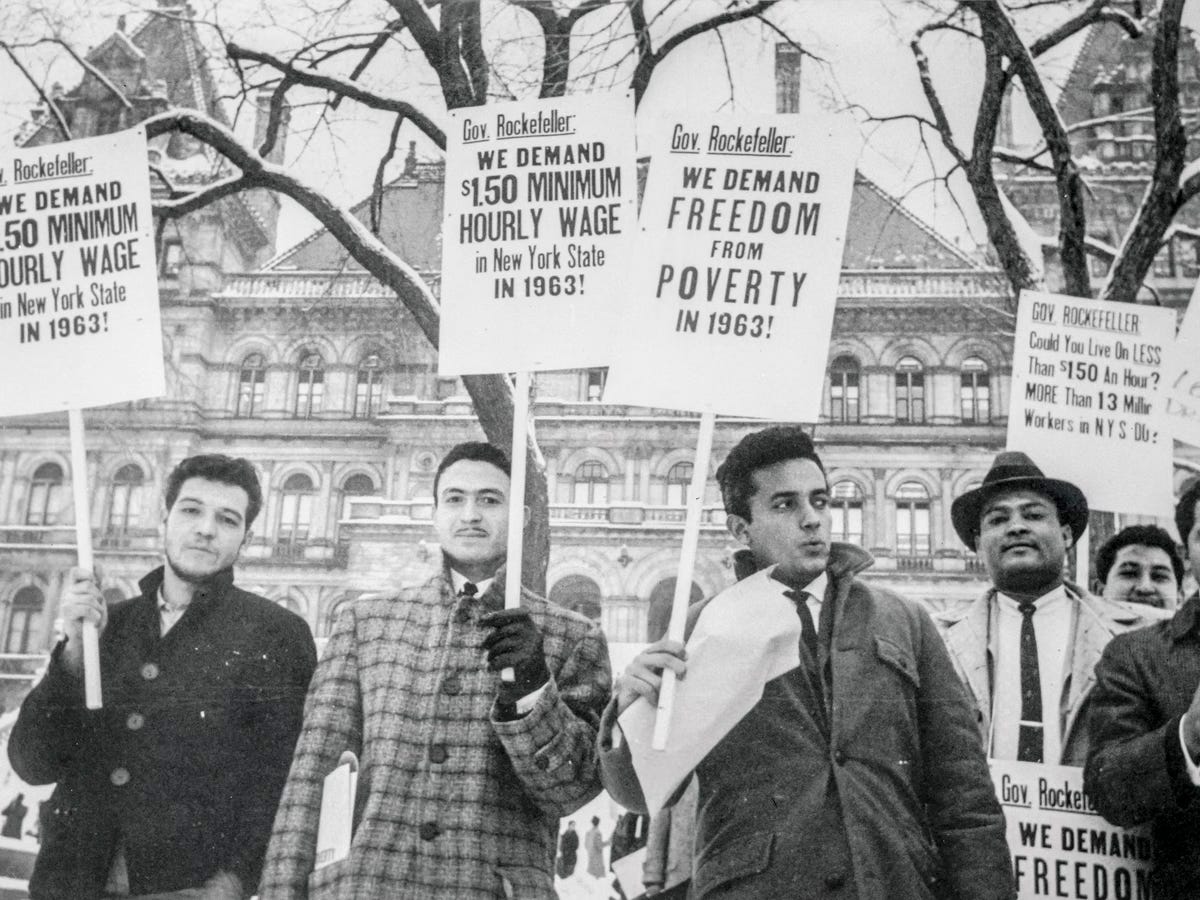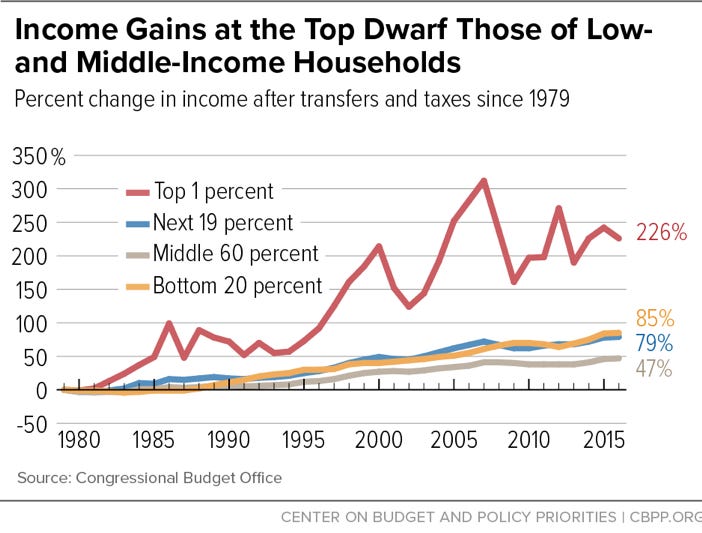Forces of Labor: The Minimum wage
Manage episode 430842443 series 3358850
In 2007, President George W. Bush signed into law the U.S. Troop Readiness, Veterans' Care, Katrina Recovery, and Iraq Accountability Appropriations Act, 2007. Buried within this act, under SEC. 8102, was the last minimum wage hike. Within a two-year period, it gradually raised the federal minimum wage to $7.25 per hour. On July 24, 2009, the federal minimum wage increased to $7.25 per hour. Exactly 15 years (plus one or two days) from that date, the federal minimum wage still remains the same. Meanwhile, the cost of living has increased. This effectively means the minimum wage has been lowered with respect to 2009. $7.25 in 2024 has the same buying power as $4.95 from 2009.
We went through 8 years of the Obama Presidency, where the Democrats had a filibuster-proof majority for a while, 4 years of the Trump Presidency, and 3.5 years of the Biden Presidency without a raise to the federal minimum wage, which has led to an effective decrease in minimum wage. To understand the “decrease” in minimum wage, we need to examine the historical forces that led to its creation and identify what is missing.
Historic.ly is a reader-supported publication. To receive new posts and support my work, consider becoming a free or paid subscriber.
The fight for minimum wage has not been a linear fight. There have been victories and setbacks. In 1912, after a massive strike by women textile workers in Massachusetts, the first minimum wage law was created. Back then, while the cost of living was $10 per week, women’s wages were much lower. Many people were concerned that women would be forced into prostitution or other vices. In response, the Massachusetts state legislature created a panel that allowed employees to complain, if their wages did not rise to the cost of living. Although, no minimum wage was set, employers who violated the provisions had their names published in the local newspaper.
Inspired by this first set of victories, other labor movements began to follow suit. Following a series of strikes that paralyzed the nation in 1913, set up actual minimum wage laws. In 1913, Oregon did so at the state legislature. They said,“the State of Oregon requires that women and minors should be protected from conditions of labor which have a pernicious effect on their health and morals, and inadequate wages and unduly long hours and unsanitary conditions of labor have such a pernicious effect.” They set the minimum wage for $8.25 per week for women and $6 per week for girls under 18 (child labor was still allowed back then). Men and boys were excluded from the Oregon’s minimum wage laws, because many male jobs were unionized and the state legislature did not have the same concern that men would be forced into prostitution.
However, these brief victories in minimum wage was knocked down by the Supreme Court as unconstitutional. In 1923, in Adkins vs Children's Hospital, the Supreme Court ruled that these were unconstitutional because it violated the employers’ and employees’ rights for freedom of contract under the fifth amendment.
This was a long series of reactionary rulings set by the Supreme Court, that seems to do nothing but wage a class war against the working class that continues till today.
In 1929, the Great Depression began. As millions of people became destitute and unemployment, the movement for collective bargaining also grew. In 1932, there were a series of strikes that not only fought for minimum wage, but against lowering of wages. In 1933, Congress passed the National Industrial Recovery Act (NIRA) which set the first federal minimum wage law. Once again, the Supreme Court put its thumb against workers in another reactionary ruling and ruled that this was an “unconstitutional delegation of legislative power” in A.L.A. Schechter Poultry Corp. et al v. United States.
After a series of battles, The Fair Labor Standards act of 1938 was passed. It set the minimum wage at $0.25 per hour and a 44 hour work week. It outlawed child labor, but it was limited to employers who engaged in interstate commerce. The FLSA also had many exemptions that excluded agricultural and domestic workers. This meant that while white workers saw their wages increase, black workers who disproportionately made up excluded workers did not see their wages increase.
It was not until 1966, when a new amendment was passed to the FLSA, which included a separate minimum wage for farm workers for the first time. But, even with the unequal distribution of wealth, the minimum wage continued to increase during the cold war. US had an incentive to show that “gentle capitalism” could provide for the workers at home, while trying to wrest control of colonies abroad for exploitation. At this time, the middle class lifestyle was afforded to many workers and the minimum wage was on pace to keep with the cost of living.
Unfortunately, after the Cold War, the US government had no incentive to do by its workers. They had already captured all the colonies abroad. Instead of workers benefiting, the benefits went to the wealthy when both parties adopted neoliberalism.
Unlike in the 1930s, where unions were strong and the worker’s movement was powerful, the workers of today are powerless. On top of that, with the introduction of the gig economy, workers are more isolated than ever. Since 1983, the share of unionism has fallen. Now, under 10% of the workers belong to a union. Without the collective bargaining power, the Federal minimum wage is unlikely to increase regardless of which administration makes it to the White House.
While the struggle continues, in order to achieve success, people need to be engaging in more direct action and also attempt to revive the union movement. Until then, the situation of wages seems bleak for the American worker.
Historic.ly is a reader-supported publication. To receive new posts and support my work, consider becoming a free or paid subscriber.
9 епізодів
